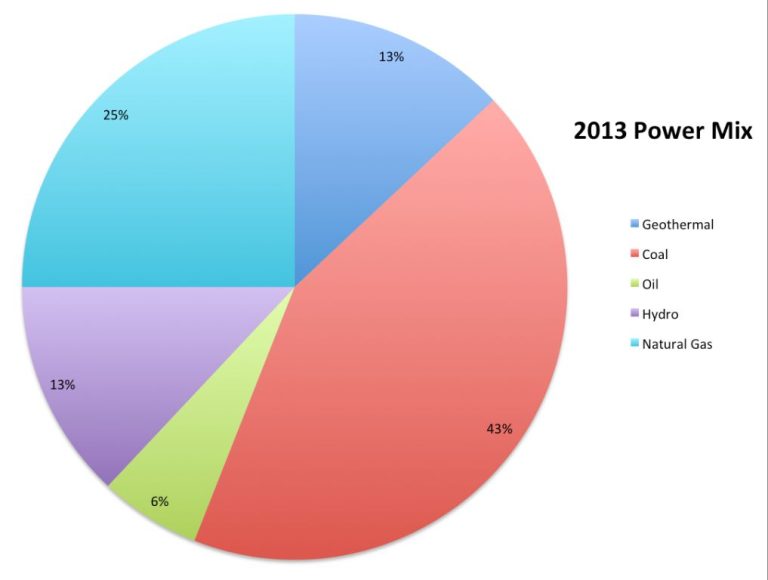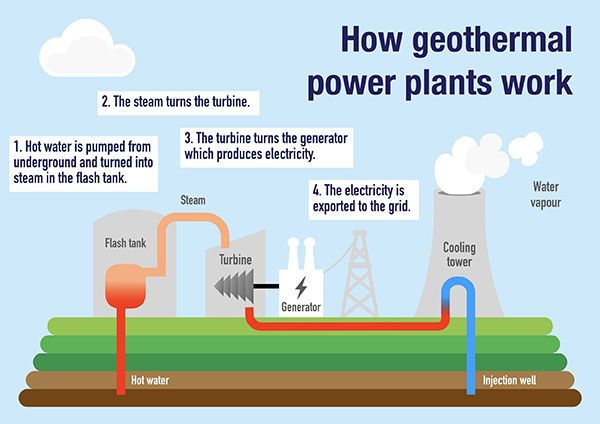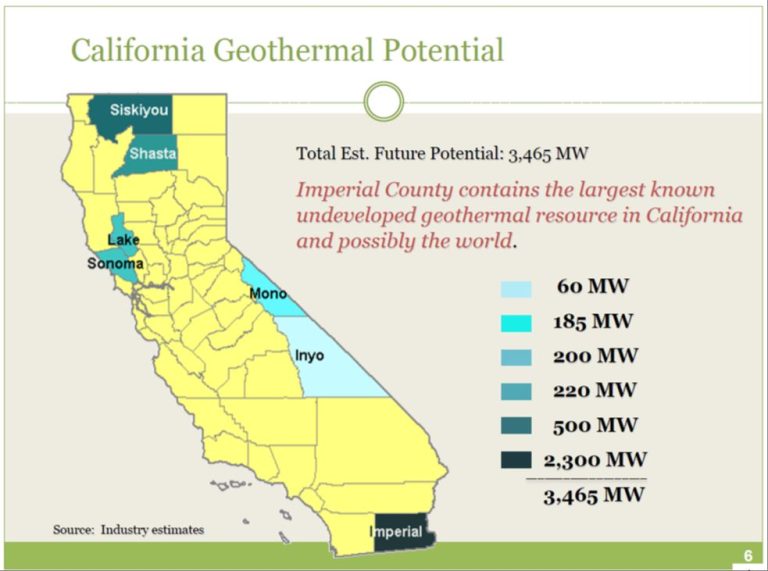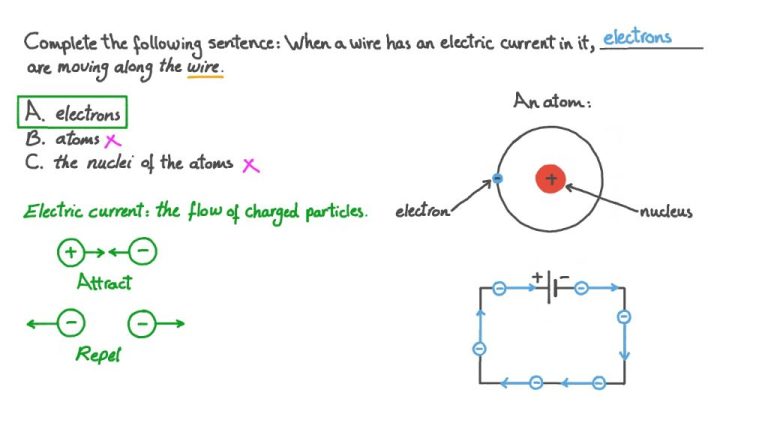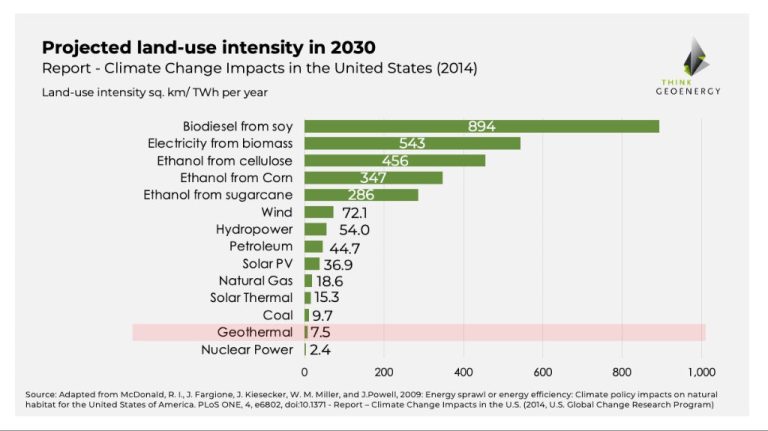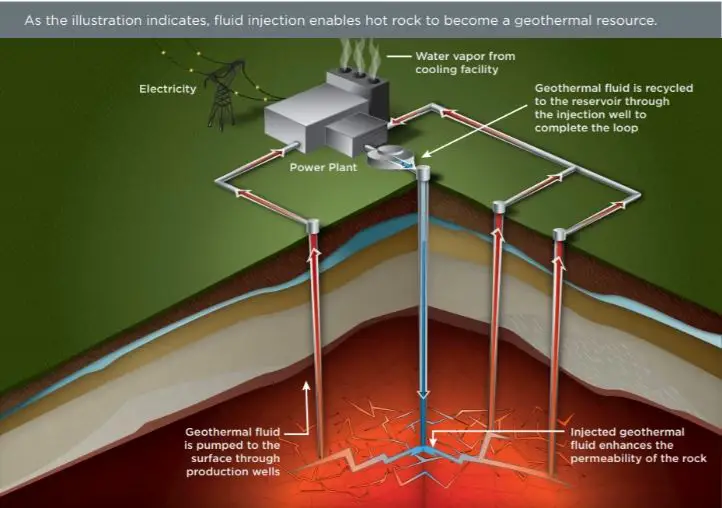What Impact Does Geothermal Energy Have On Human Health?
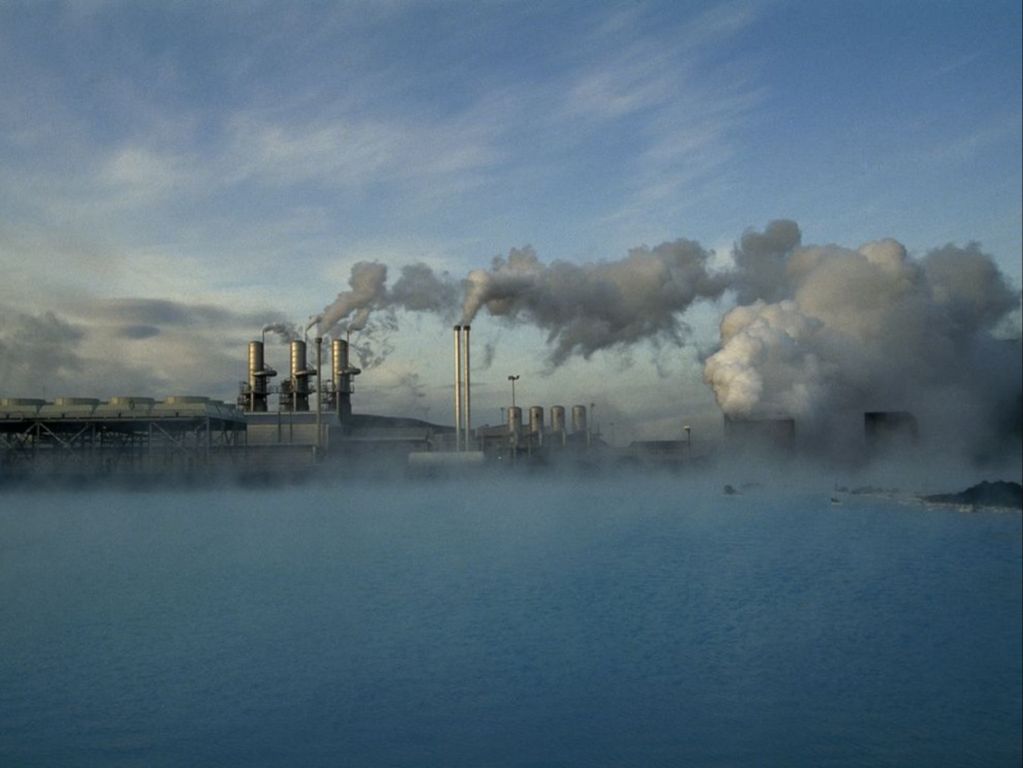
Geothermal energy is heat derived within the sub-surface of the earth. The word “geothermal” comes from the Greek geo meaning earth and therme meaning heat. Geothermal energy refers to harnessing the heat in the earth’s core to generate renewable energy for applications like electricity generation and direct heating and cooling. Geothermal energy is considered a clean, sustainable energy source as it does not generate greenhouse gas emissions.
Geothermal Energy Overview
Geothermal energy comes from the natural heat within the earth and can be harnessed in a few different ways. The main types of geothermal energy systems used for power generation or heating/cooling are:
- Hydrothermal – Uses naturally occurring hot water or steam reservoirs in the earth.
- Enhanced Geothermal Systems (EGS) – Water is injected into wells drilled in hot rocks and brought back up as steam.
- Direct-Use/Geoexchange – Uses constant shallow ground temperatures for heating and cooling with heat pumps.
Global installed geothermal capacity was around 15.6 gigawatts in 2021. The countries with the most installed capacity are the United States (3.8 GW), Indonesia (2.1 GW), and Türkiye (1.6 GW). Geothermal power currently provides about 0.4% of total U.S. electricity generation (CSS).
Environmental Benefits
The National Renewable Energy Laboratory reports that geothermal power produces minimal air pollution compared to fossil fuels [1]. Geothermal power plants emit 97% less acid rain-causing sulfur compounds and about 99% less carbon dioxide than fossil fuel power plants [1]. The Global Heating Carbon Trust found that geothermal energy reduces greenhouse gas emissions by 80% compared to conventional heating and cooling systems powered by natural gas or electricity [2]. The minimal emissions from geothermal plants help combat climate change and improve air quality.
Direct Health Impacts
Geothermal power plant workers face exposure risks while working on-site. Geothermal fluids can contain toxic gases like hydrogen sulfide, which can cause respiratory issues at high concentrations. According to OSHA, hydrogen sulfide exposure is one of the leading hazards for geothermal workers. At levels above 100 ppm, hydrogen sulfide can irritate mucous membranes and the respiratory system. At extremely high concentrations above 1000 ppm, hydrogen sulfide can cause respiratory paralysis and death.
Other respiratory hazards include emissions of silica, particulate matter, and other air contaminants. Proper training and protective equipment like respirators and gas monitors are essential to mitigate these risks. Facilities need robust ventilation and air monitoring systems. With adequate precautions, exposure incidents can be minimized to protect geothermal workers.
Indirect Health Benefits
Displacing fossil fuels improves air quality and public health. The burning of fossil fuels like coal and natural gas for electricity releases pollutants like sulfur dioxide, nitrogen oxides, particulate matter, mercury, and other toxins into the air. These air pollutants negatively impact respiratory and cardiovascular health, contributing to asthma, lung cancer, stroke, heart attacks, and premature death.
According to the World Health Organization, ambient (outdoor) air pollution leads to over 4 million premature deaths per year. Reducing reliance on fossil fuels and shifting to renewable energy sources like geothermal can significantly reduce key air pollutants. For example, a 2019 study found that reducing air pollution could prevent over 6 million deaths per year globally.
Cleaner air from renewable energy translates into better public health, especially for vulnerable populations like children, the elderly, and those with pre-existing conditions. It can reduce the incidence and severity of respiratory and cardiovascular illnesses. Geothermal energy displaces polluting fossil fuels, which provides widespread indirect health benefits.
Radon Emissions
Some geothermal sites can release radon gas, causing radiation exposure risks. According to a 2021 study published in ScienceDirect, radon gas emissions were detected in a geothermal area in Guarani, Brazil (Aydar, 2021). The radon levels were high enough to pose a health risk if inhaled over long periods. Another study from the Department of Energy found that the primary public health risk from geothermal plants is inhaling toxic gases like radon that are emitted (Layton, 1981). The radon exposures near some geothermal sites have been linked to increased cancer rates, according to a 2012 study in the National Center for Biotechnology Information (Kristbjornsdottir, 2012). Proper monitoring and regulations are necessary to minimize radon emissions from geothermal sites.
Water Contamination
One of the potential health and environmental risks of geothermal energy is the contamination of drinking water if geothermal fluids are not properly disposed of (Scripps Institution of Oceanography, 2013). Geothermal power plants produce wastewater containing high levels of chemicals and compounds from deep underground, including heavy metals like arsenic and boron. If this wastewater leaks or is improperly disposed of, it can pollute nearby ground and surface water used for drinking (Aksoy et al., 2009).
High arsenic concentrations from geothermal sources have contaminated some drinking water wells near power plants. In addition, boron from geothermal wastewater has degraded water quality in many aquifers. Proper disposal techniques for geothermal fluids are essential to prevent drinking water contamination and negative health impacts on nearby communities and wildlife.
Induced Seismicity
There is a very small risk that geothermal projects could trigger minor earthquakes through a process called induced seismicity. This occurs when injecting fluid into deep wells causes pressure changes that can cause existing faults to slip, resulting in small tremors (reference). However, these are usually minor events of magnitude 3 or less on the Richter scale that are unlikely to be felt at the surface (reference 2). According to recent research at EPFL, induced seismicity can be managed through careful modeling and monitoring of subsurface fluid pressures (reference 3). Overall, the seismic risk from geothermal projects is very low, especially compared to the benefits of clean energy production.
Regulations and Monitoring
Geothermal power projects in the United States are subject to environmental regulations at the federal, state, and local levels to control emissions and seismicity risks. At the federal level, geothermal projects located on federal lands require permits and approval from the U.S. Department of the Interior’s Bureau of Land Management (BLM) (BLM Geothermal Guidance). The BLM oversees the construction, operation, and closure of geothermal projects through its regulations outlined in the Code of Federal Regulations (BLM Geothermal Guidance).
The U.S. Environmental Protection Agency also regulates geothermal projects under the Clean Air Act, Clean Water Act, and Safe Drinking Water Act. States often have additional requirements related to air and water quality, wildlife protection, and induced seismicity from geothermal operations (DOE Permitting). Companies are required to monitor and report any hazardous or radioactive emissions, groundwater contamination, and seismic events associated with their geothermal plants.
To protect workers, the Occupational Safety and Health Administration (OSHA) has exposure limits for toxic gases like hydrogen sulfide that may be encountered at geothermal sites. Facilities must provide protective equipment and monitor worker exposure to reduce health risks (DOE Permitting). Careful permitting, regulations, and monitoring help minimize the potential health and environmental impacts of geothermal energy production.
Conclusion
In summary, geothermal energy has several positive health impacts for humans. As a renewable source it helps reduce air pollution and greenhouse gas emissions from fossil fuels which contributes to cleaner air and lower incidence of respiratory diseases. It also provides a reliable baseload power source without emitting harmful pollutants. There are some potential health risks from geothermal energy that need to be monitored such as radon emissions and induced seismicity. However, with proper siting and regulation, these risks can be mitigated. Overall, the transition to geothermal energy over traditional fossil fuels provides substantial public health benefits. More widespread adoption of geothermal energy can help create a healthier environment and population.

